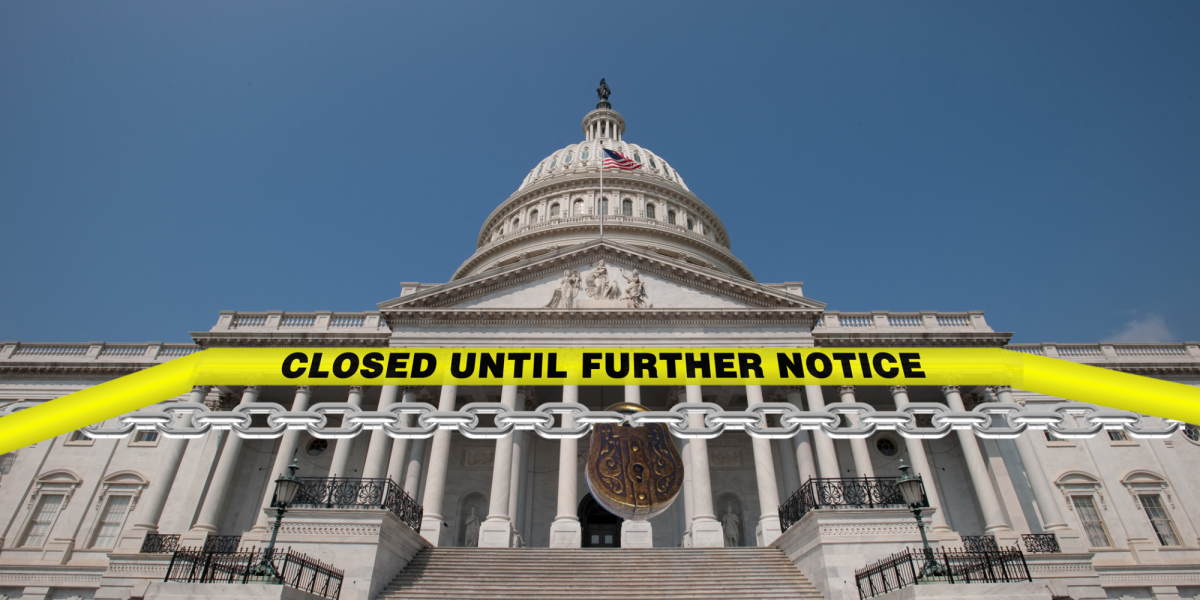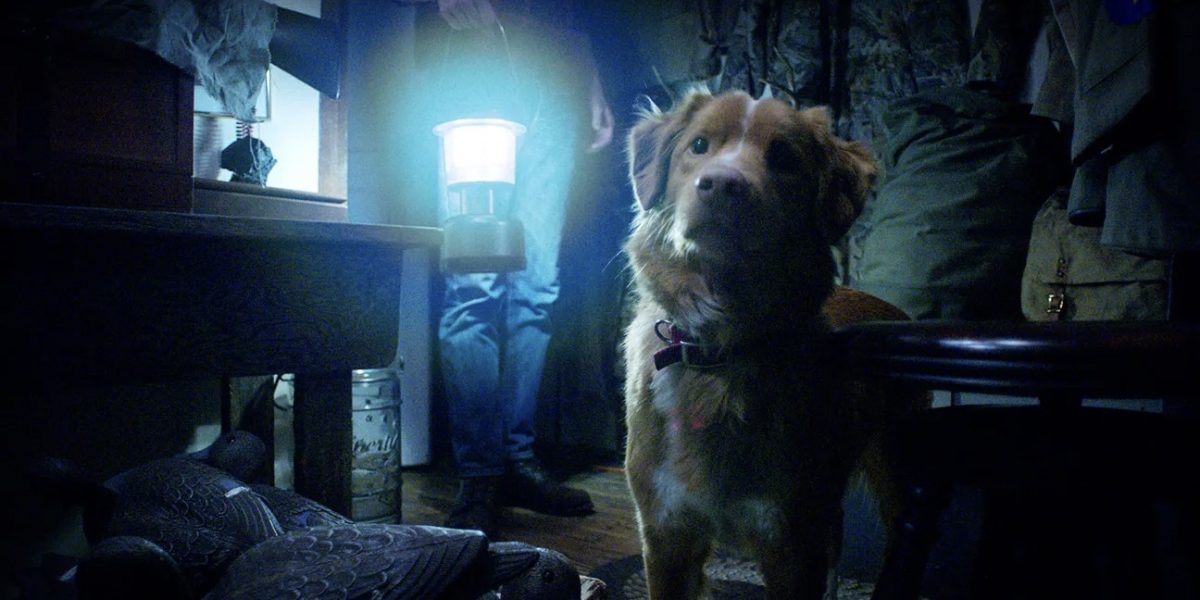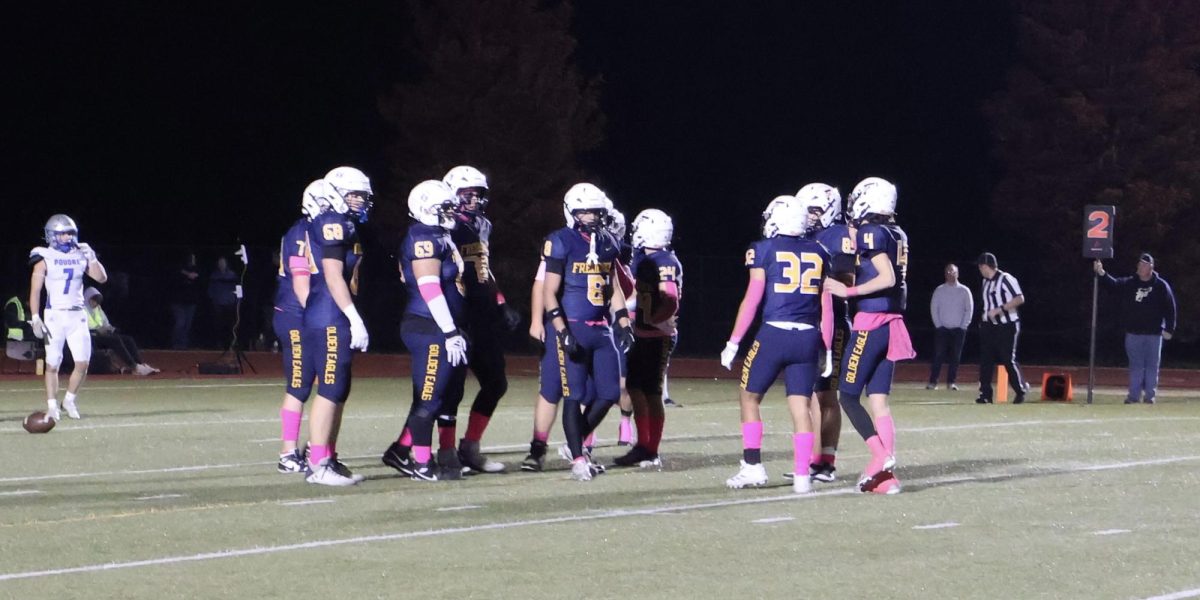In response to a massive shortage in air traffic controllers caused by the government shutdown, the Trump administration made the unusual decision to restrict the amount of air travel across the US. Starting on Friday, November 7, flights to and from 40 large American airports were cancelled until total air traffic reached a level that was considered safe by Secretary of Transportation Sean Duffy.
Denver International Airport wasn’t spared from these flight cuts. On Monday, November 10, 77 flights in and out of DEN were cancelled, according to FlightAware.com. On Tuesday, the number of cancelled flights increased to 93. On Wednesday, 88 flights were cancelled, but late that night, the government was reopened.
Today—Thursday, November 13—78 flights to and from DEN were cancelled.
While the government shutdown caused the need to cancel flights, reopening the government didn’t fix the issue. Here’s a breakdown of how our airports got here, why flights are still being cancelled, and when flying should get back to normal.
Why Were Flights Cancelled?
On October 1, the government shut down after Congress failed to pass a funding bill. This meant that many government workers and contractors were furloughed or fired because the government couldn’t pay them. However, some workers had to stay on the job and work without pay because their jobs were necessary for the safety and security of the country—think members of the military and TSA screeners at the airport.
The 14,000 US air traffic controllers also fell into that second group. Air traffic controllers use radar and radio to make sure planes have enough runway and open sky to take off, track planes while they are in the air, and assist pilots with landing. They are second only to pilots in ensuring a plane does not crash.
However, air traffic controllers are still people that need a paycheck to survive. When the government shutdown went from a couple of days to a couple of weeks, some air traffic controllers took their vacation days so they could pick up extra paid work somewhere else. Some decided to take early retirement, as retiree benefits are still paid out during a shutdown. Some just quit their jobs entirely.
This sudden loss of workers stressed an already broken system. The FAA was already understaffed by 3,000 air traffic controllers before the shutdown started, and another 3,000 of the approximately 14,000 air traffic controllers were on-the-job trainees that couldn’t work unless a certified air traffic controller was present. This resulted in a few high-profile air disasters earlier this year. Once the number of active controllers got close to a level considered unsafe, the federal government ordered airports to cut air traffic down to levels the remaining staff could handle.
Why Didn’t the FAA Already Have Enough Controllers?
It’s a really, really hard job.
Air traffic controllers work 10-hour days, 6 days a week. They also cannot leave after their shift until a coworker relieves them, so if someone is running late or doesn’t show up, shifts get longer. Air traffic controllers must have 20/20 vision and cannot have diabetes, a speech impediment, chronic back pain, or a history of heart problems—even anxiety and depression can disqualify a candidate. Air traffic controllers cannot use cannabis or drink alcohol eight hours before or after their shift—and since most work six days a week, this leaves them an eight-hour window to imbibe on their day off.
This is all in addition to the fact that air traffic control is one of the most stressful jobs there is. Air traffic controllers have to help pilots with any issue that a plane may have in flight, from space debris hitting a plane mid-flight to removing disruptive passengers. In the most extreme situations, they have almost no room for error because, if they screw up, a plane could crash and hundreds of people could die. In many circumstances, the controller could even be legally and criminally liable for those deaths. The job is so stressful that air traffic controllers are forced into retirement when they turn 56.
Unfortunately, not a lot can be done to make the job better. Controllers can’t strike to demand better working conditions since the Reagan administration made it illegal for them to unionize in 1981. For lots of air traffic controllers, it seems missing two paychecks was the last straw, as over 900 chose to retire and hundreds of others took time off or quit.
Why Are Flights Still Being Cut?
While the longest government shutdown in US history ended on November 12, the FAA announced that the nation’s largest airports—Denver included—would still need to reduce their typical air traffic by 6% until air traffic control staffing returns to pre-shutdown levels.
However, this isn’t as easy as calling everyone back to work. Those who retired or outright quit aren’t coming back. In fact, the FAA is currently trying to determine how many controllers they still have, as it’s unclear if some workers took time off or just took off. In the best-case scenario, the FAA only lost 1,000 workers to the shutdown.
Replacing these workers won’t be as easy as putting out a Help Wanted sign, though. US Air Traffic Control applicants have to pass all the medical qualifications discussed earlier plus a psychological evaluation and background check. They also must be a US citizen, have either a bachelor’s degree or one year of work experience, and be under 31 years old. The FAA’s applicant site says only around 10% of applicants are selected for employment.
For those selected, they can’t immediately start on the job. First, new hires must attend the FAA Academy in Oklahoma City to learn how to do the job of an air traffic controller. This training typically takes between three and five months. While the government pays for this training as well as individual lodging in OKC, the trainees aren’t earning their full salary yet, which makes attending the academy difficult for workers with a family to support.
When Will Everything Get Back to Normal?
According to the major airlines, air traffic should be back to its pre-shutdown levels in a few days—just in time to get ready for the week of Thanksgiving, which is the busiest time of the year for airlines. However, air travel wasn’t perfect before the shutdown—the US was still short thousands of air traffic controllers before the shutdown, and some airports were already having massive delays and cancelations.
Until then, Denver International Airport will have fewer takeoffs and landings for smaller regional flights. Bigger routes, like cross-country and international flights, won’t be hit as hard. If a flight is cancelled, someone on that flight must either be rebooked on the next flight to that destination or receive a full refund for their ticket.
If you are planning to fly this holiday season, here are some things to keep in mind:
- Try to book flights between major airports on larger planes, as these flights are less likely to get cancelled
- Double-check your flight status on FlightAware
- Have a printed copy of your flight documents (including how much you paid for your ticket) in case the airport internet gets overwhelmed and crashes
- Pack light in case you have to hop between rescheduled flights—if you can, mail any gifts to your destination ahead of your arrival
- If you plan to check your suitcase, also take a backpack to have with you in the airport and stock it with things you may need during a long airport delay: phone and device chargers, headphones, snacks, a comfy sweater, and possibly a thin blanket and small pillow
- If your flight is cancelled, remember that you are entitled to a full refund in cash or back on a credit card—you do not have to accept a travel voucher from the airline
- Be flexible—if you can, give yourself an extra day or two at the start of your trip (in case your trip to your destination is cancelled) and return home a day or two before you usually would (in case your returning flight is cancelled)












































